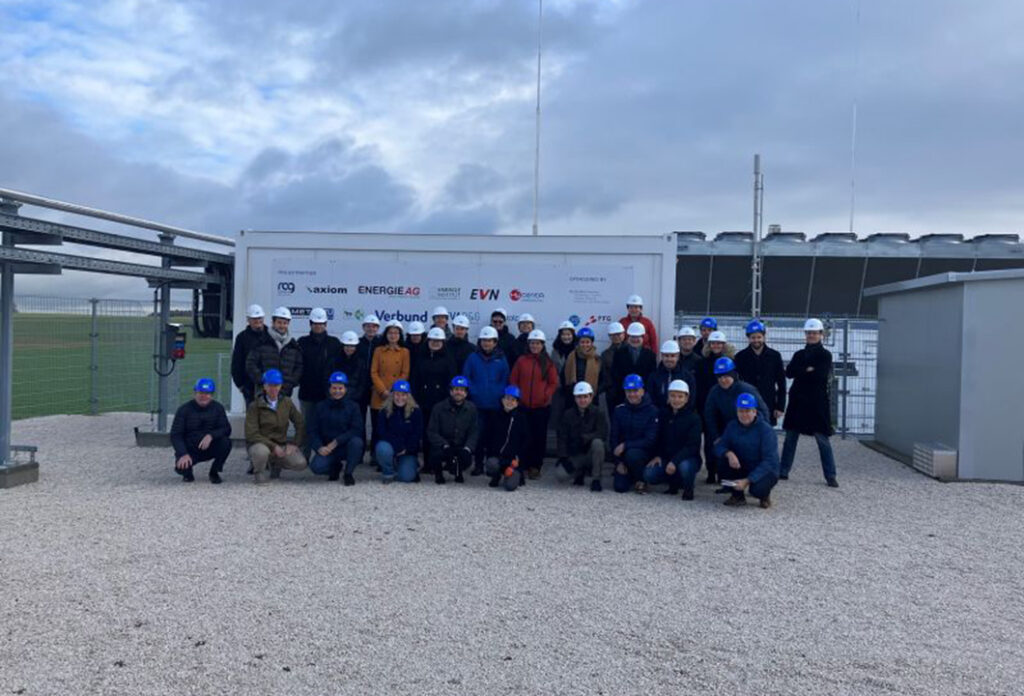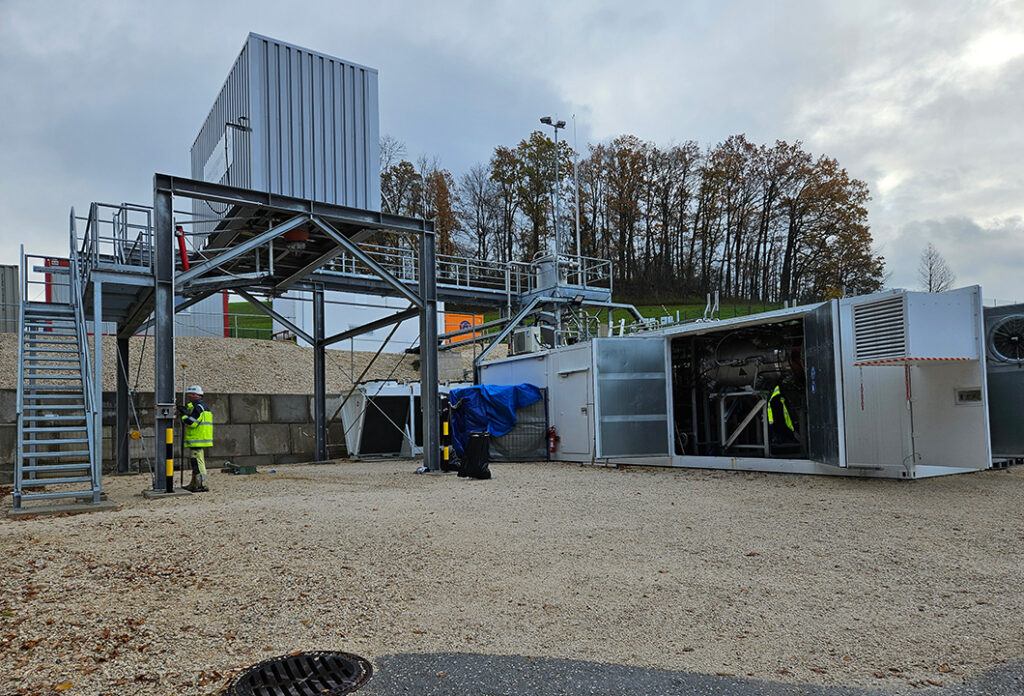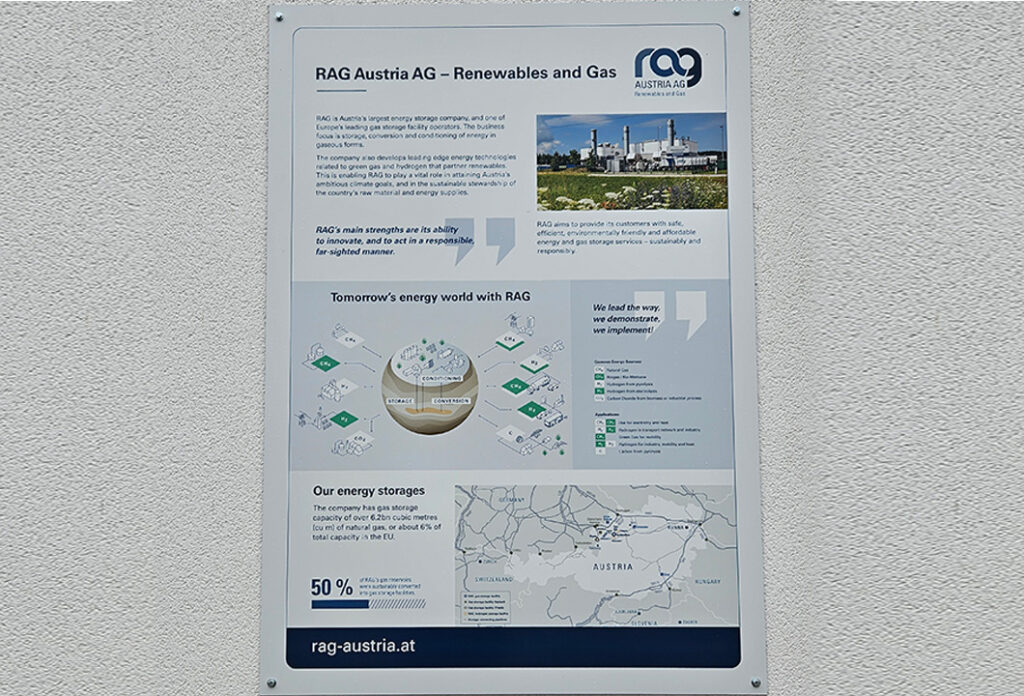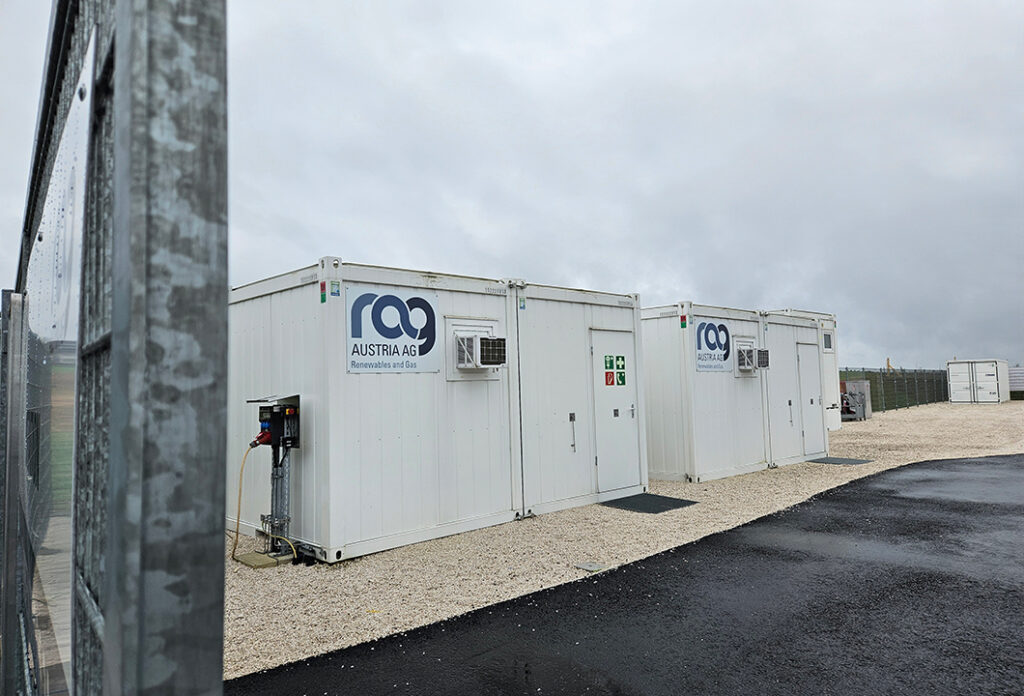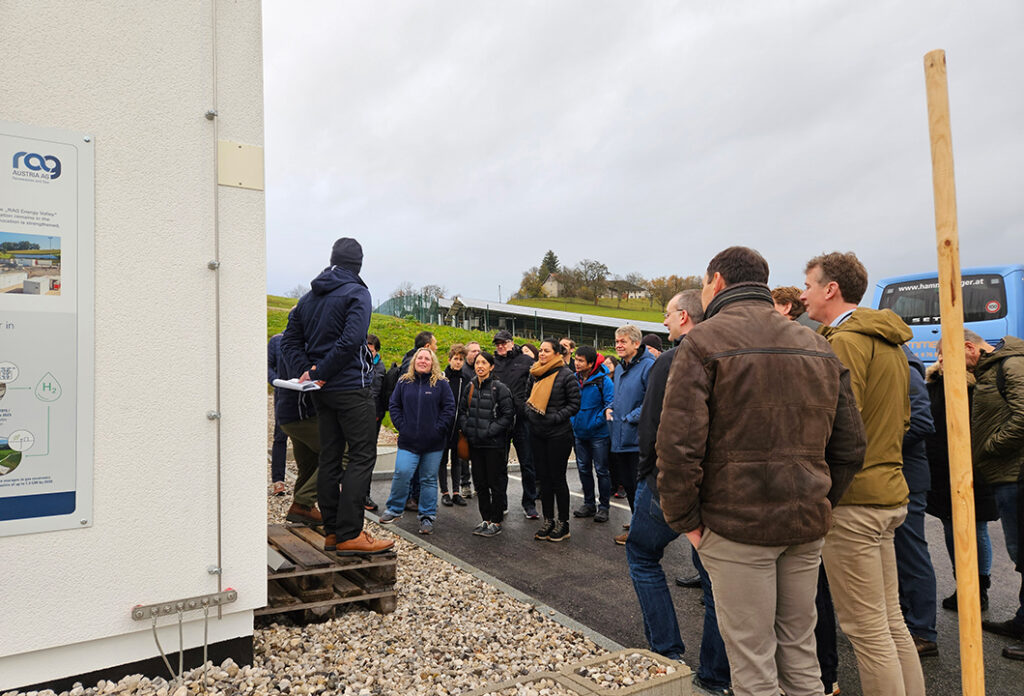Active Projects
Learn more about the tangible impact of SUSTAIN H2’s collaborative efforts.
Expanding Hydrogen Storage to Porous Rock Formations in an Illinois Basin Aquifer
Evaluating the Feasibility of Hydrogen Storage in Depleted Fields in Oklahoma’s Anadarko Basin
Research Findings
Global Collaboration Builds Confidence in UHS Feasibility
The final report from IEA Hydrogen TCP Task 42 on UHS represents a major step forward in global understanding of UHS. With contributions from 57 organizations across 16 countries, the initiative brought together industry, research, and regulatory leaders to assess technical readiness and chart a path to commercial deployment. GTI Energy was one of four lead organizations guiding this work.
The report concluded that UHS is technically feasible, with the most pressing barriers relating to economics, market formation, and policy, rather than the viability of the technology. It also highlights that many engineering solutions already exist, particularly those adapted from underground natural gas storage.
Key Remaining Needs Identified
- Financial incentives to de-risk investments
- Regulatory standards and permitting clarity
- Community engagement and public acceptance
- Pilot projects to prove safety and economic viability
Key Insight
While the engineering pathway is largely defined, the success of UHS hinges on policy, public trust, and market signals.
Underground Hydrogen Storage Survey Results
In 2022, GTI Energy surveyed companies operating underground gas storage facilities to assess their interest in and preparedness for underground hydrogen storage. The goal was to gather information that would help design and execute field pilot tests of subsurface hydrogen storage in porous media formations. The survey results showed significant interest in participating in research and experimentation on this topic, with half of the respondents indicating they have ongoing or planned activities related to hydrogen.
Current or Planned Activities on Hydrogen Storage

Interested in Research/Experimentation or Pilot Field Testing

Key Remaining Questions Were Identified
The industry seeks further guidance and information on the following uncertainties:
- Caprock Sealing and Containments
- Geochemical Reactions
- Biological Reactions
- Multi-Phase Flow (Water and/or NG)
- Geomechanical
- Material Compatibility (Cement, Pipeline, Downhole equipment)
Key Insight
Technical challenges regarding hydrogen movement and interactions, along with uncertainties around the economic viability of such projects, pose significant barriers to progress.
SUSTAIN H2 will resolve these open questions to facilitate the planning phase for field pilot deployment.
SUSTAIN H2 will focus on demonstrating underground hydrogen storage's technical and economic viability by linking related scientific, industrial, and utility partners and bringing together research and industry organizations.
Related Studies
IEA Hydrogen TCP Task 42: Underground Hydrogen Storage
Final Report
Framework for Enabling Large-Scale Hydrogen Storage in Underground Reservoirs
Geological storage of hydrogen as a large-scale energy storage solution
DOE National Laboratories Investigate Subsurface Hydrogen Storage
Impact In Action
Learn More
Contact the energy experts today


